Air pot planter container
As a high-grade cultivation container, the root control device (air pot) is widely used in many large nurseries. The root control device (air pot) plays an important role in the cultivation of seedlings. The role of the root control device (air pot) mainly includes four aspects:
1. Root-increasing effect: the inner wall of the root control device (air pot) has a special film, and the side wall of the root control device (air pot) is concave-convex on both sides, and the top of the external protruding part has holes for ventilation and drainage. When the root system of the seedling reaches the opening position or any part of the inner wall in the process of growing outwards and downwards, the root tip will stop growing, and then 3 new roots will germinate at the root tip rear and continue to grow outwards and downwards; When the newly grown root reaches the opening or any part of the inner wall, it will stop growing as before and grow 3 new roots behind the root tip. In this way, the number of roots increases by a geometric progression of 3, which greatly increases the number of short and thick lateral roots, and the total amount of roots is 20-30 times better than that of ordinary field seedlings;
2. Root control effect: In general seedling cultivation techniques, the main root develops vigorously afterwards, while the development of lateral roots is relatively weak, and it is also prone to root entanglement. The use of root control can effectively control the development of the root system, so that the lateral roots grow short and thick, and the number of lateral roots is large, while limiting the growth of the main root, and will not promote entangled roots;
3. Drainage function: the openings on the side wall can be used for drainage to prevent the root system from soaking and affecting growth;
4. Growth-promoting effect: Due to the dual effects of root control and the substrate used, the root system of the seedlings can obtain a large amount of nutrients, which can promote the growth of the root system, which is enough to meet the nutritional needs of the seedlings at the initial stage of planting, and provides many favorable conditions for the survival of seedlings. In the process of transplanting saplings, there is no need to remove the crowns, and the roots will not be damaged, so that the transplantation is not restricted by seasons, the management procedure is simple, and the survival rate is high.


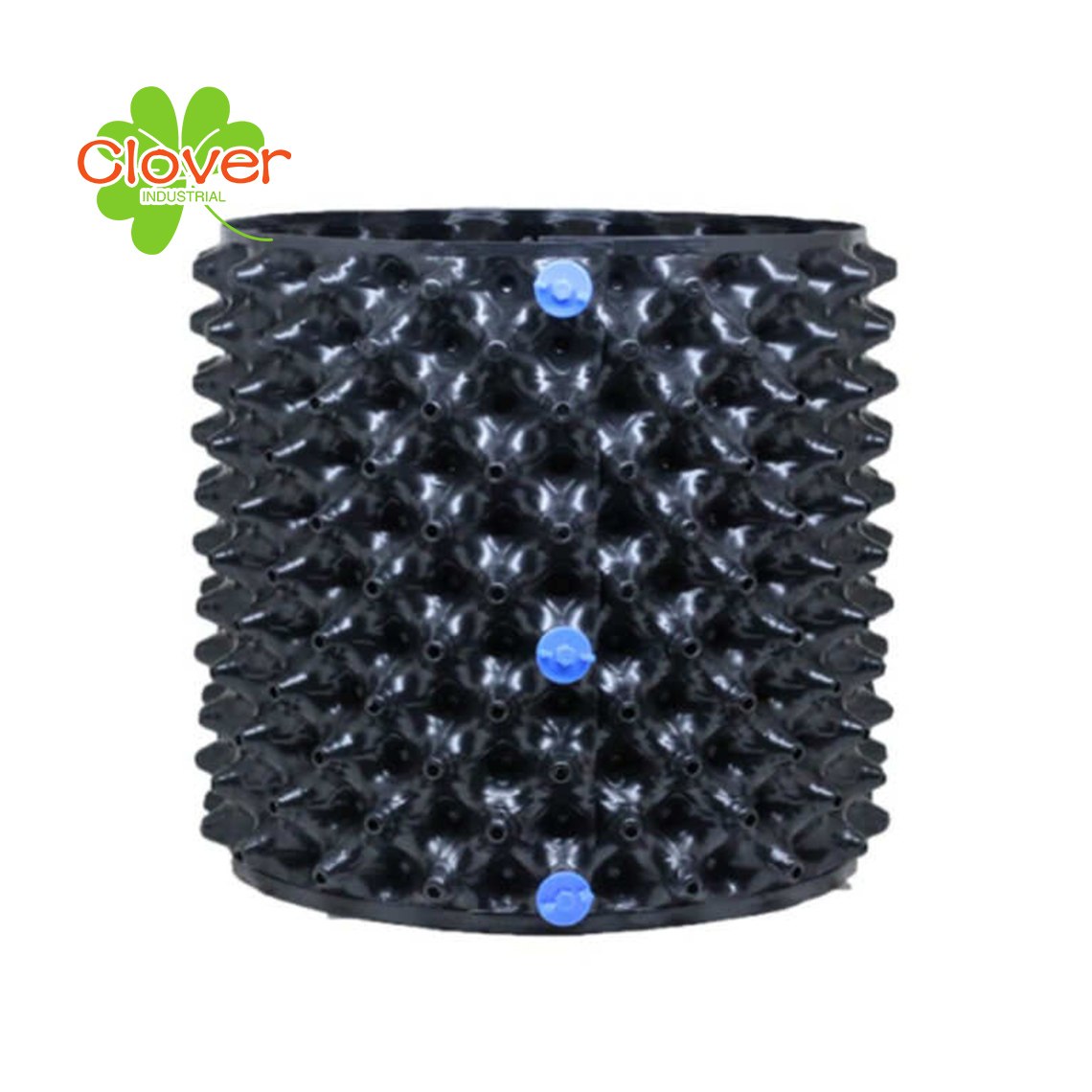
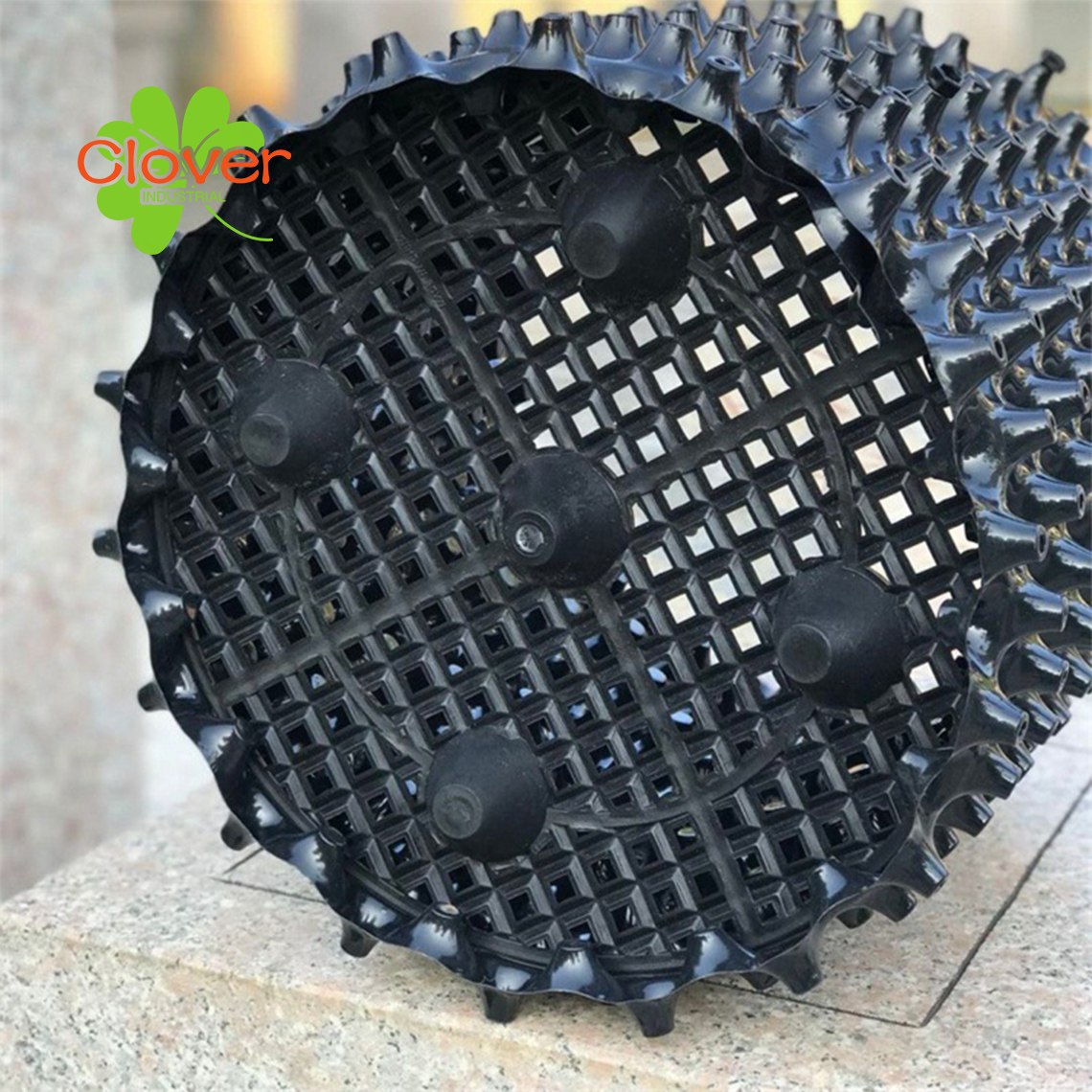
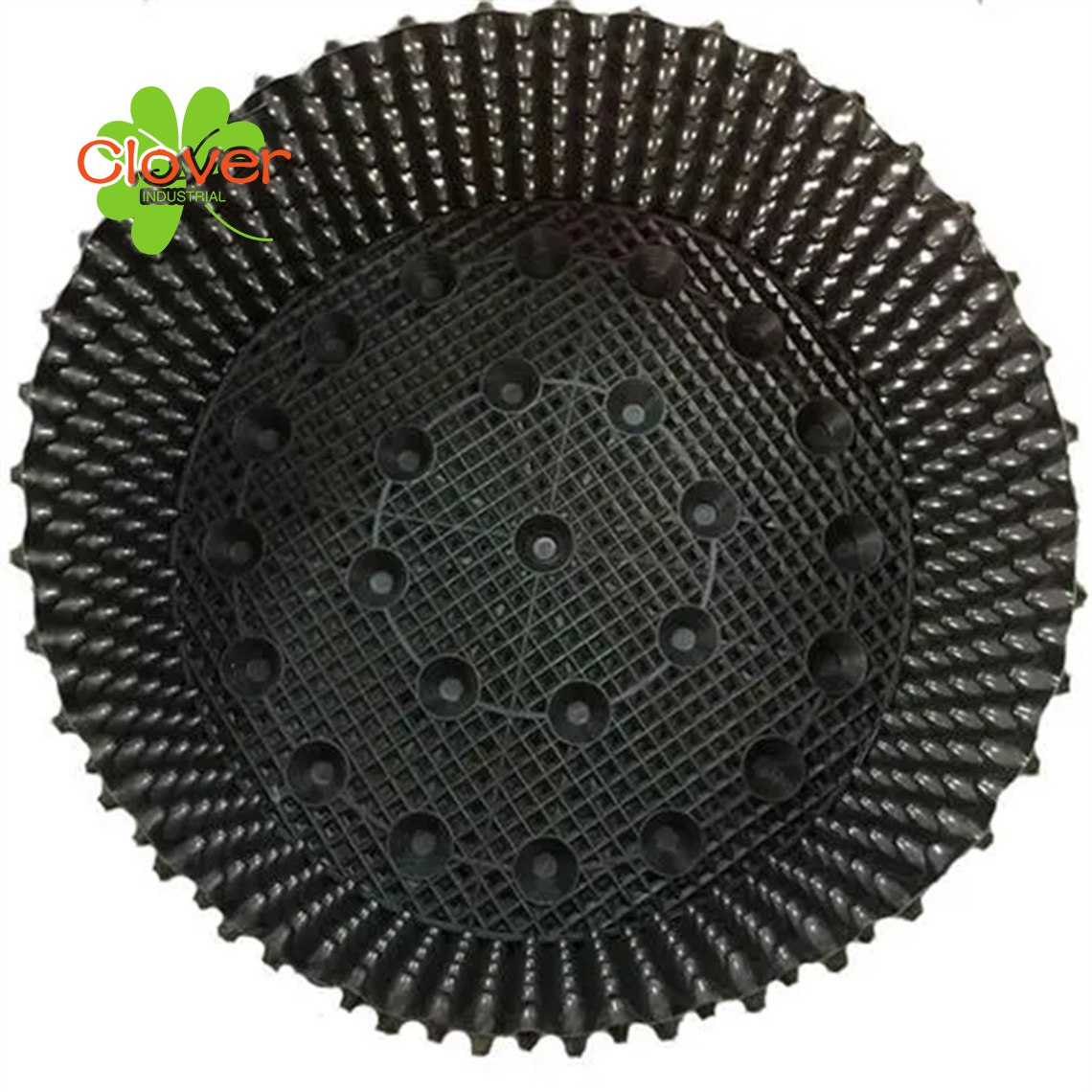
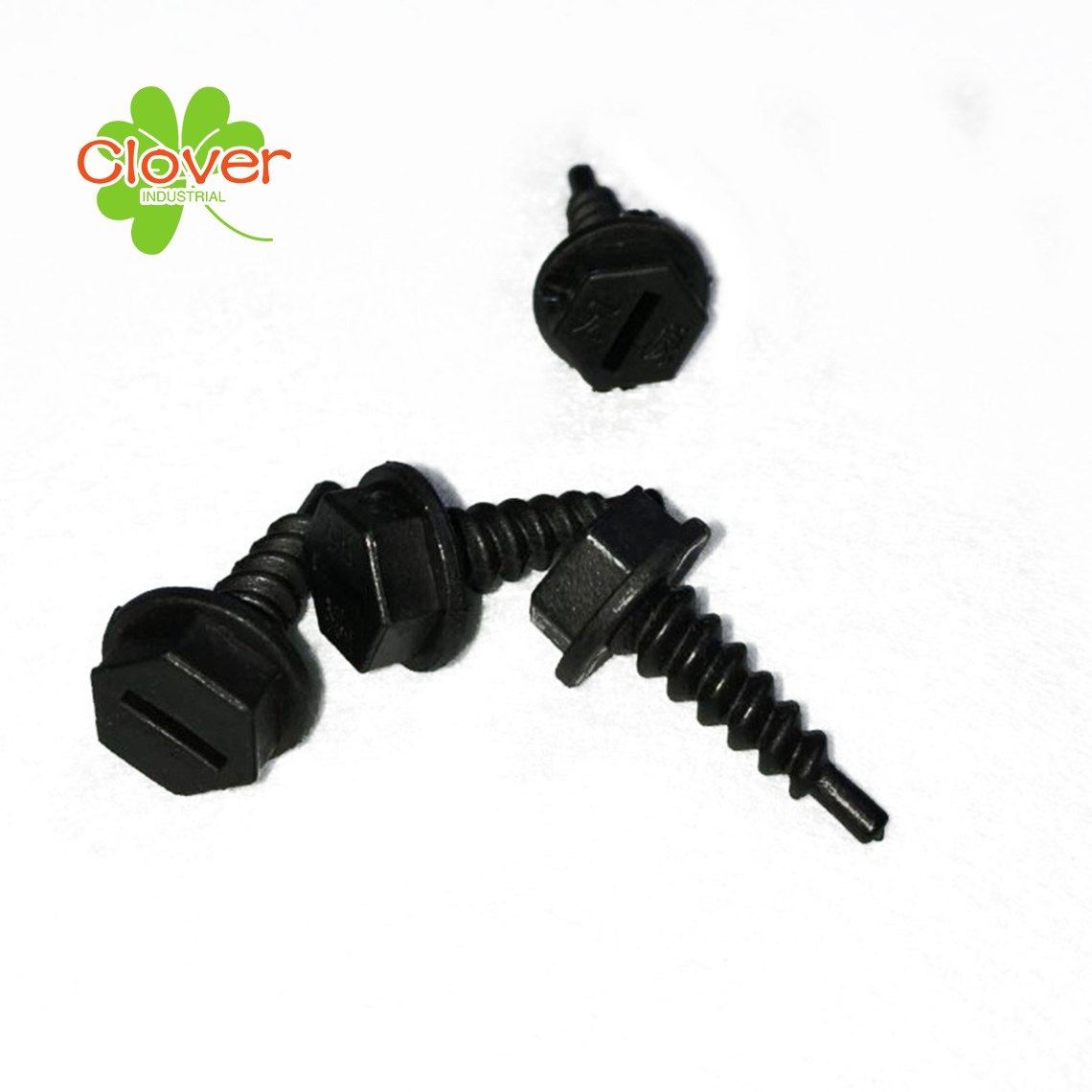
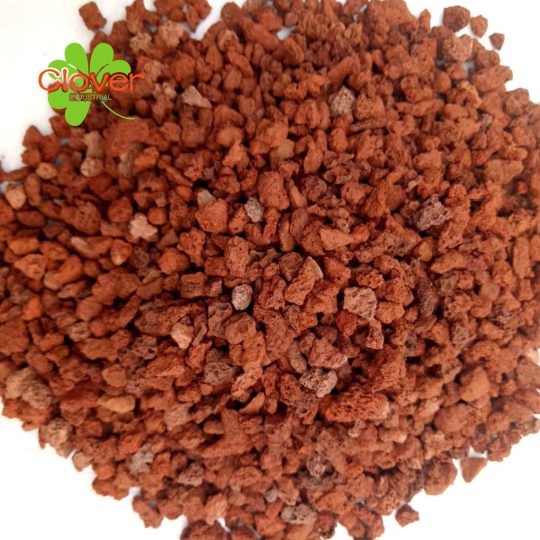
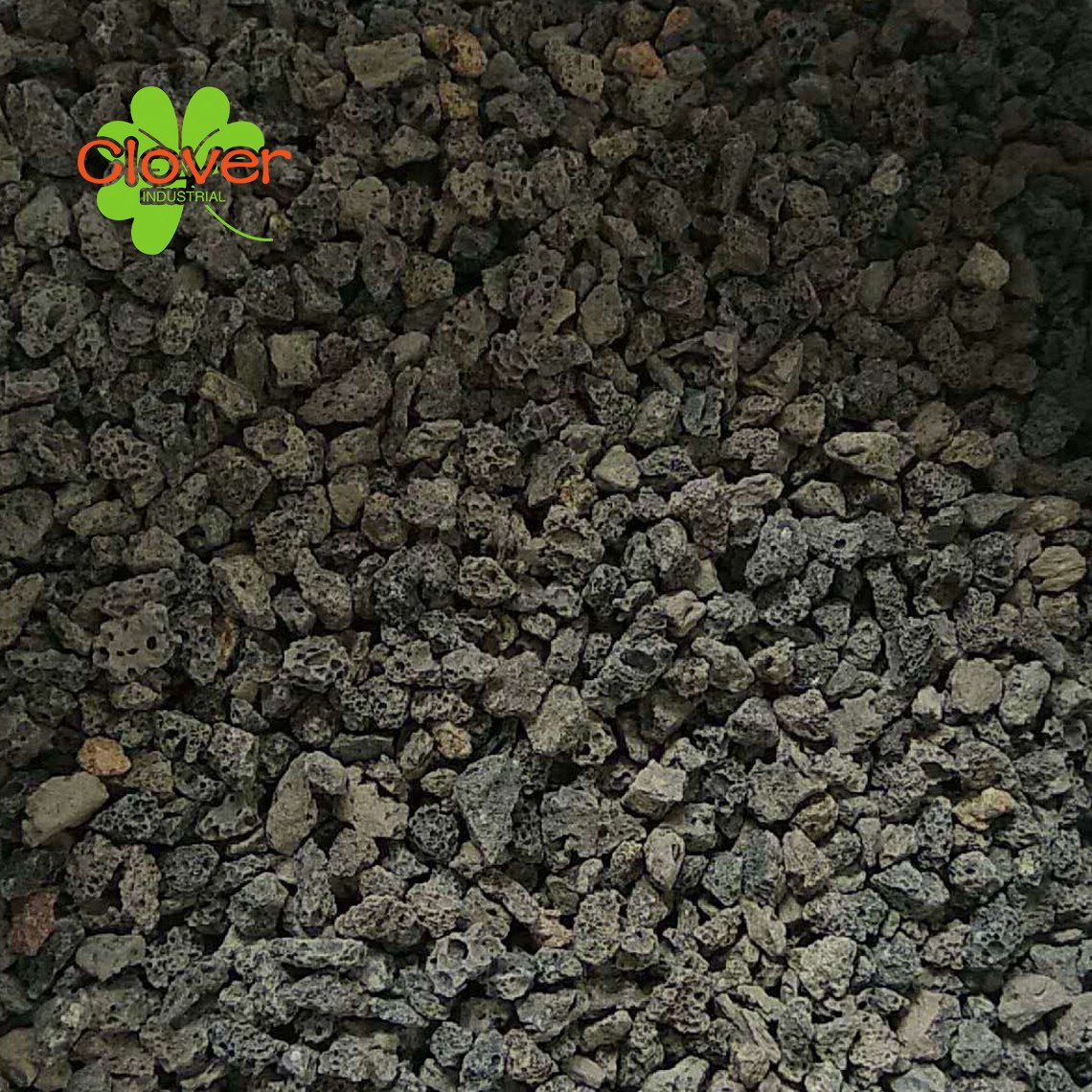
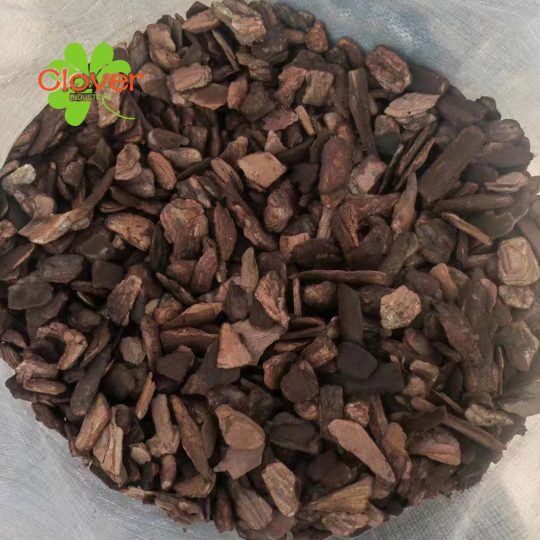
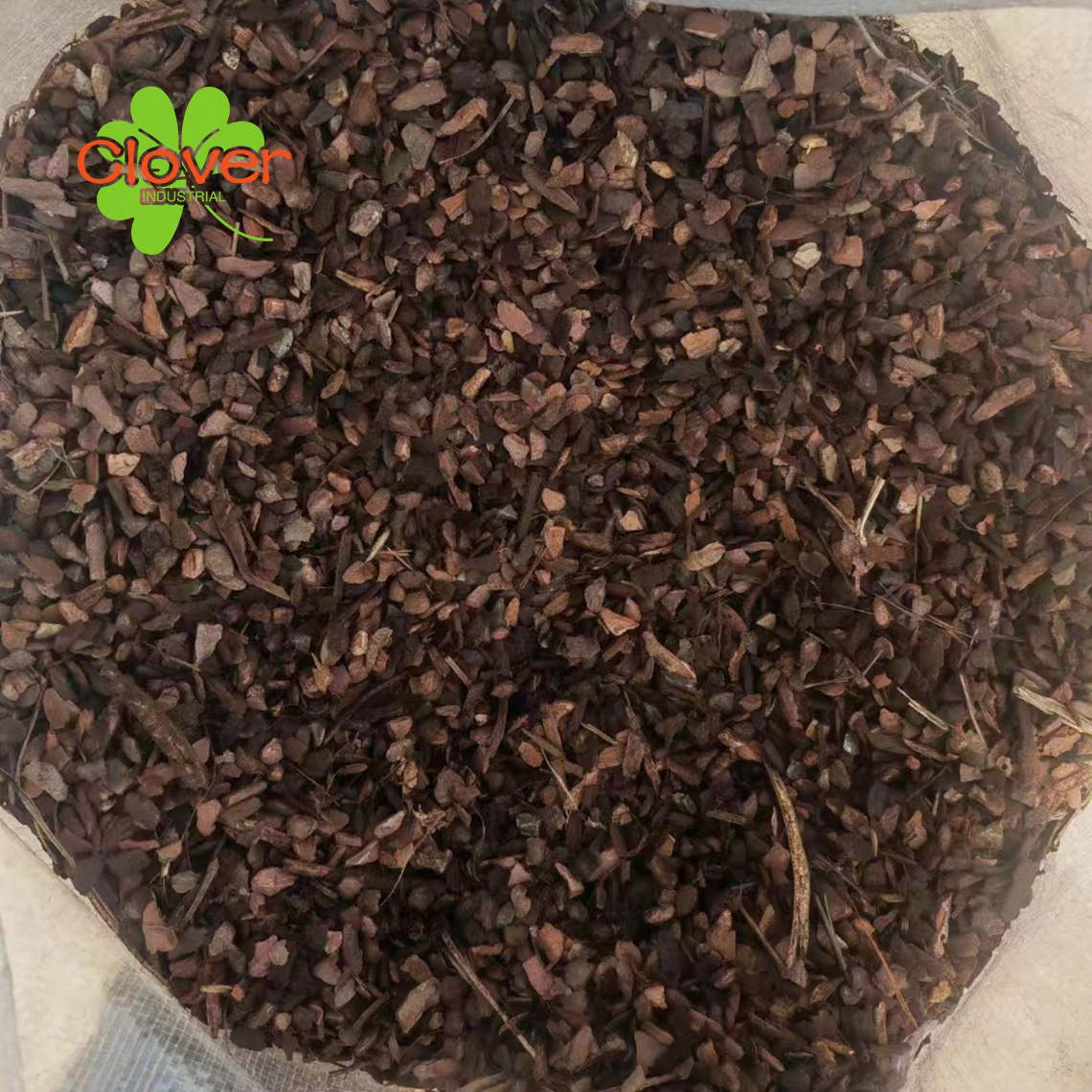
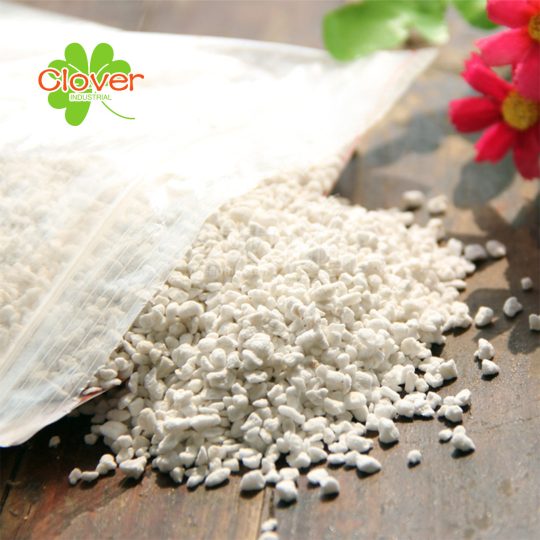
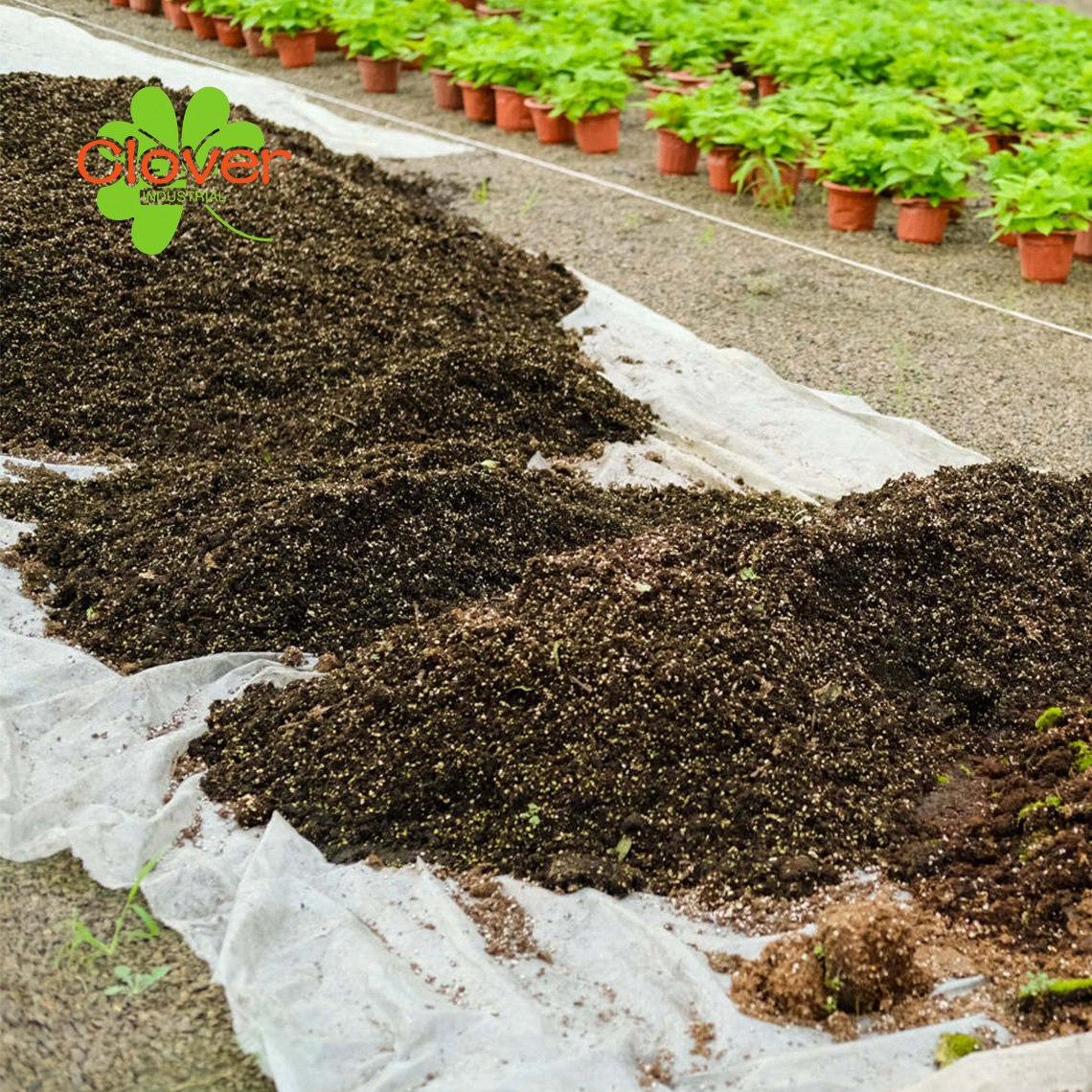
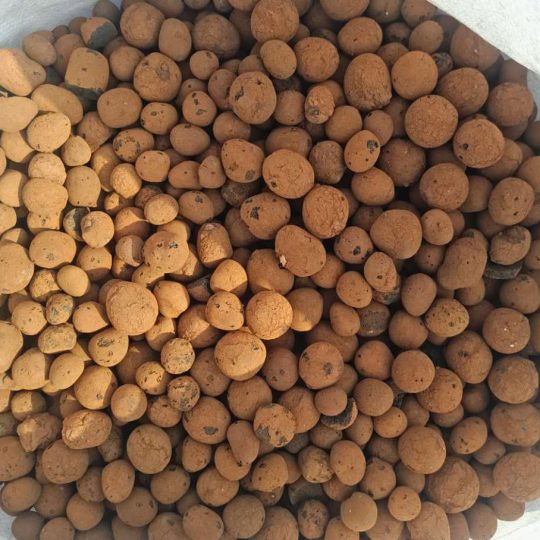
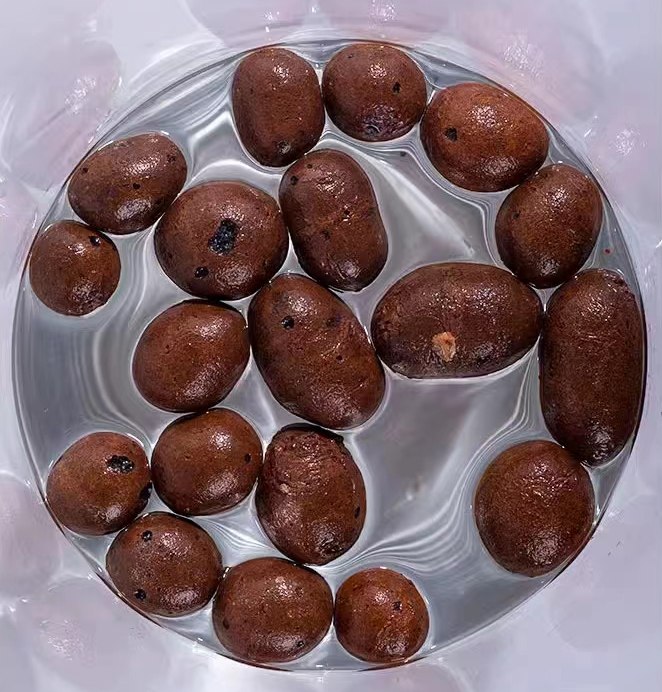
Reviews
There are no reviews yet.